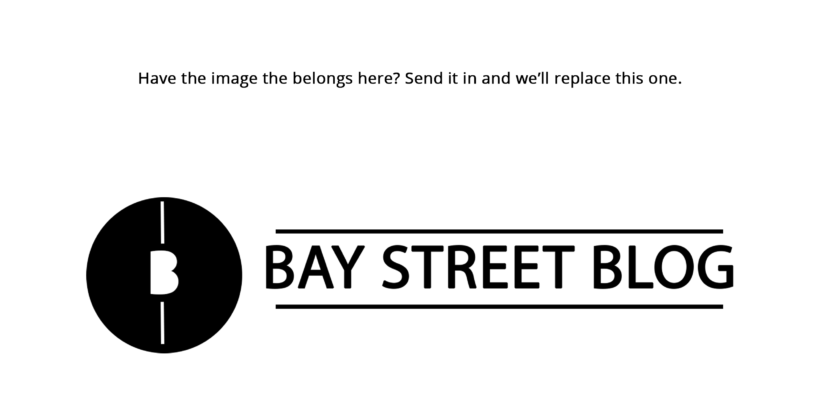Canadian Real Estate Continues to Soar – StatsCan Report
Share

According to the recent StatsCan report, spending on new residential construction totalled $4.2 billion in April 2016, up 8.4% form the same month a year earlier.
The increase was influenced by the higher investment in apartment and apartment-condominium buildings, which has risen 20.8%, to $1.5 billion. There was also higher spending on row houses (more commonly known as townhouses, or stacked townhouses). Investment in the construction of row houses was $433 million, up 14.2%. Single family dwellings experienced the smallest increase in investment spending, as this segment has risen only 2.1%, to $2.1 billion.
The slower growth of investment in single-dwellings can be a result of the land constraint in both, Toronto and Vancouver. In Toronto, there is practically no room left to build subdivisions, unless there is a land sale.
It has been a common trend for the Toronto District School Board (TDSB) to sell their unused land to developers. However, these subdivisions usually consist of only row houses, such as the recent Heron Park Project by Mattamy Homes. Previously, this land was home to Heron Park Jr. Public School. However, the TDSB consolidated the school’s operations to the school just south of it, Joseph Brant Sr. Public School. TDSB did a land sale for the 5.18-acre lot as a residential infill redevelopment site.
Vancouver continues to outperform the Canadian Real Estate Market, with sales in May being 35.3% higher than the 10-year sales average for the month (Real Estate Board of Greater Vancouver). A $31.1 million Point Grey mansion is owned by a ‘student’ – this has sparked a debate on whether or not the Vancouver housing market is under control, since the average millennial in Canada cannot afford a home at that price.
Due to the high demand from foreign buyers, starting in July 2016, B.C. Buyers will have to provide citizenship details. The Trudeau Government is also looking into the housing market situation, as Prime Minister Justin Trudeau claims that the affordability ‘crisis’ must be addressed.
The 8.4% increase in investment for new housing construction (in April 2016) was led by Ontario, British Columbia, and Quebec.
- Ontario: +32.7% increase year over year, to $1.7 Billion – largely as a result of higher investment in single detached homes
- British Columbia: +28.3% increase year over year, to $945 million – largely as a result of higher investment in apartment and apartment-condominium buildings
- Quebec: +5.8% increase year over year, to $590 million – largely due to higher spending on apartment and apartment-condominium building, which offsets the decline in investment for single family dwellings.
Investment in new housing construction decreased in 5 provinces, with Alberta taking the largest decline. Alberta’s decline is mostly due to the weaker oil prices, and natural wildfires that have negatively impacted the Albertan Economy.
Largest Provincial declines in housing construction (April 2016)
- Alberta: -28% decline year over year, to $738 million
- Saskatchewan: -25% decline year over year, to $91 million
- Newfoundland and Labrador: -14% decline year over year, to $27.3 million
The Territories, Yukon, Northwest Territories and Nunavut also faced year over year declines of -10.5%, -18.6%, and -49.6% respectively.
The housing prices in Vancouver and Toronto have been extremely controversial. On an interview with CBC, Michael Ray, a Vancouver Realtor, mentioned that that “it’s an open market,” referring to the prices people are paying for their properties.
“it’s an open market”
Overall, Developers are shifting towards more high density projects. This can be evident in the rise in apartment, and apartment-condominium developments, and the -14.7% decline in semi-detached dwellings to $195 million (12th consecutive month decline). Detached homes and row homes also underperform the growth rate of apartment/condominium projects. This would suggest that in the long-term, detached homes, semi-detached homes, and row townhouses would have a larger price upside than apartment/condominiums, due to the limited supply.
Writer: Jelani Smith
Disclaimer: All investing can potentially be risky. Investing or borrowing can lead into financial losses. All content on Bay Street Blog are solely for educational purposes. All other information are obtained from credible and authoritative references. Bay Street Blog is not responsible for any financial losses from the information provided. When investing or borrowing, always consult with an industry professional.






Bay Street Blog Newsletter
Click here to subscribe for a financial savvy experience.
Please check your email to confirm subscription!